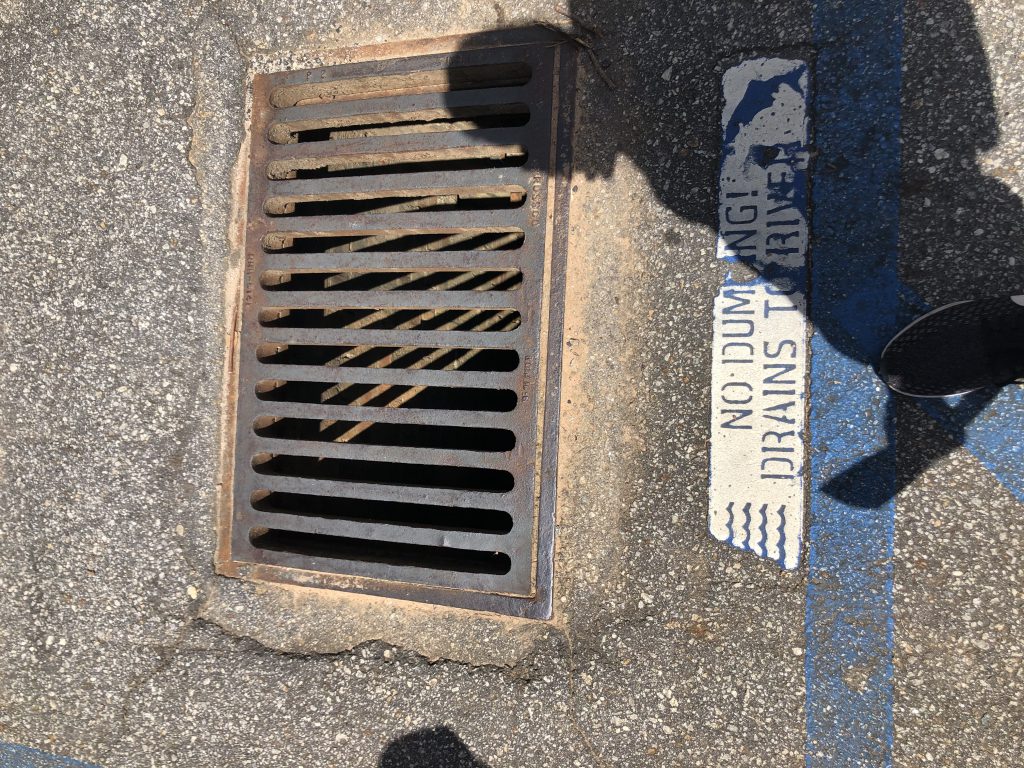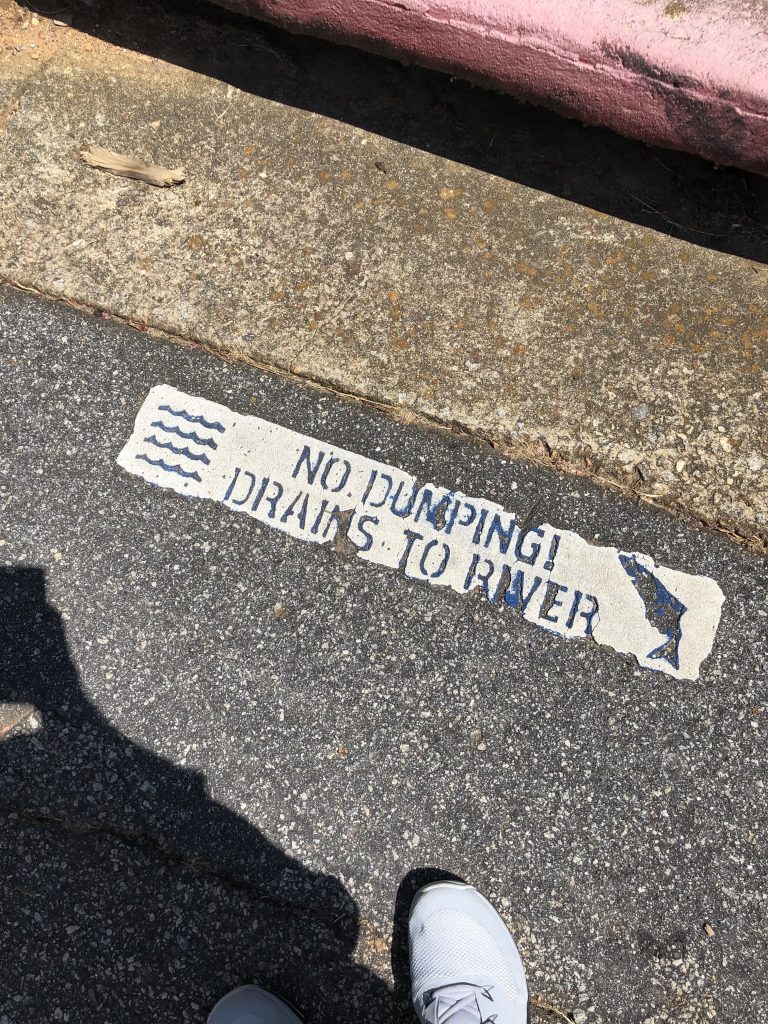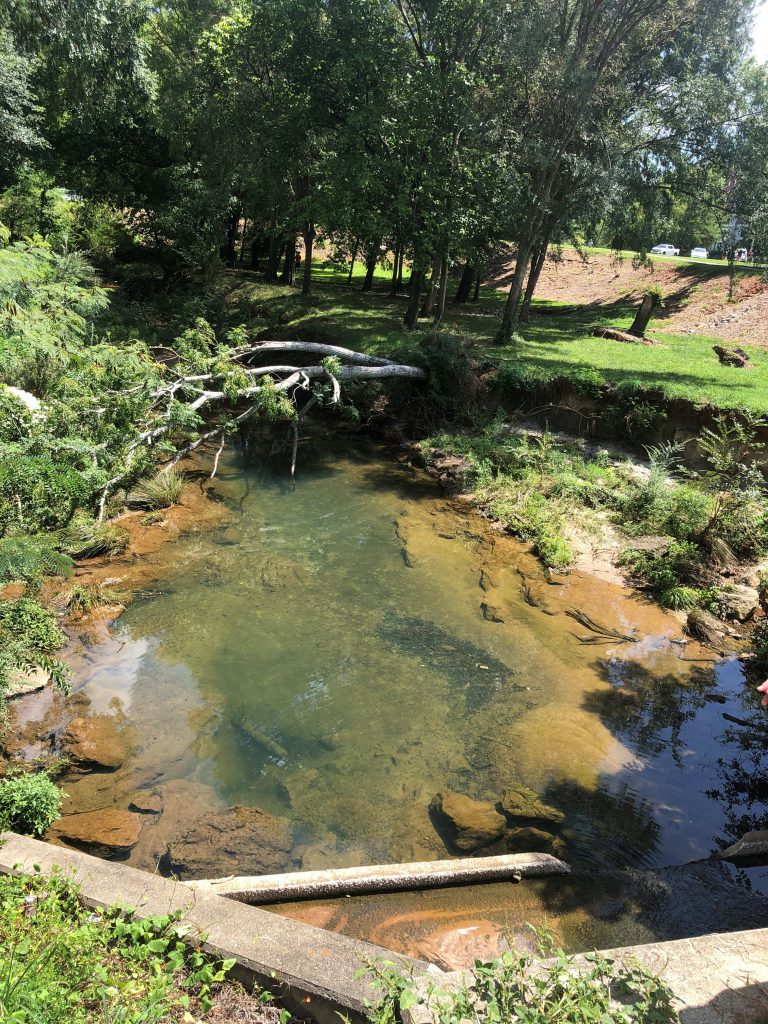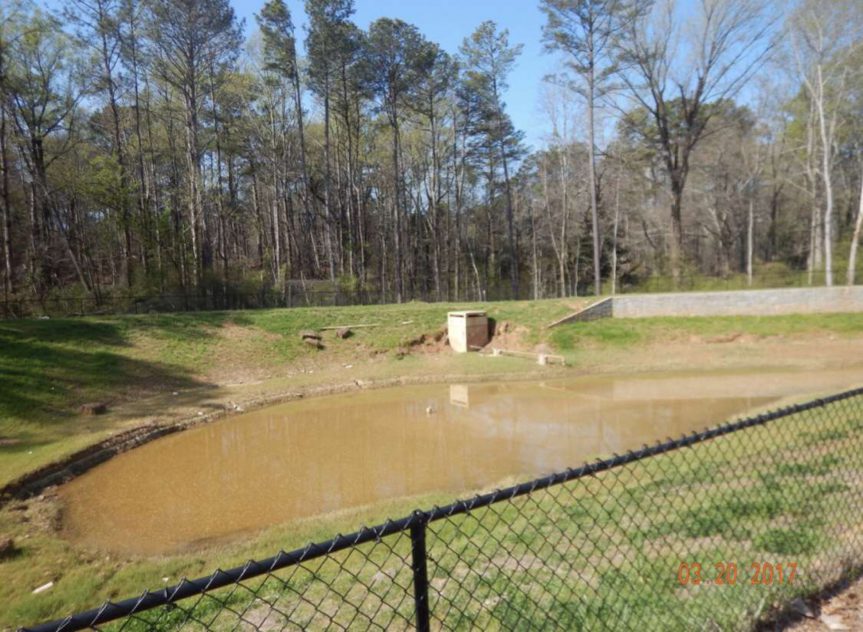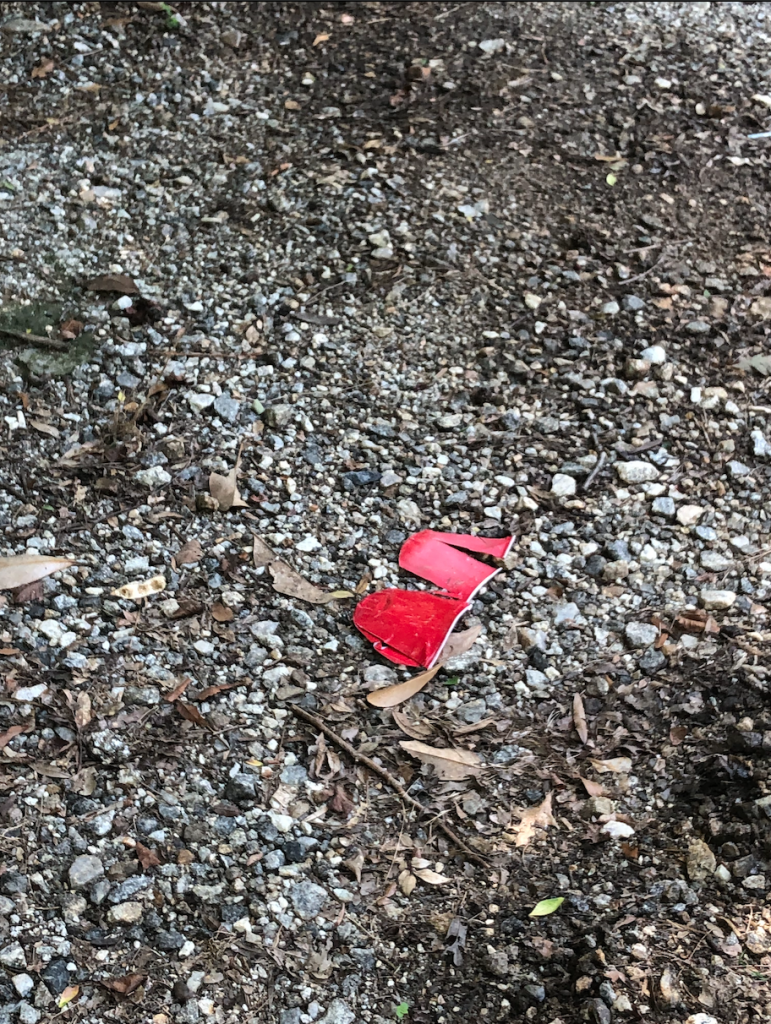When I played my role in the policy exercise, I started off very confused and taken aback at all the countries trying to create deals/agreements so quickly. I was a part of the China team. This was challenging because China produces the largest amount of CO2 emissions. Even though this amount has decreased, we were still the leaders of CO2 emissions by a good amount. It seemed almost impossible to make a change that could better help the world’s problem of global warming and climate change.
Changes in emotion: My emotions did not change too much throughout this activity. I remained pretty overwhelmed throughout and unsure how to help solve this problem in an effective way.
Changes in ideas & what prompted this change: Considering China was largely at fault for this problem, it was inevitable we would have to share finances in order to gain deals. The money that we initially decided to give went up 3 billion dollars and our peak year went down 10 years. This change in money was due to United States agreeing they would also give the same amount.
Can emissions really be cut? Honestly, I do believe emissions can be cut; however, I do not believe there will be a time where there are no emissions. At the end of the day, we are not the real policy makers. Creating real change would most likely require more money and take a lot more time to find a deal all countries agree with.
Cost barriers: There was one problem with cutting emissions for China: afforestation. In China, there are many places that it would be hard to do this because farmland is a necessity in China, and trees cannot be planted in those areas.
Change in US: In order to catalyze change in the United States, we would need to somehow reduce the CO2 emissions. In order to do this, governmental change would need to be implemented. As one citizen, we could help by having more protests on climate change in the capital. Ultimately, the only way we can try to catalyze change is to spread the dangers of climate change.



